GTA 4's Liberty City is still an incredible virtual city
Back to the mean streets of Grand Theft Auto 4.
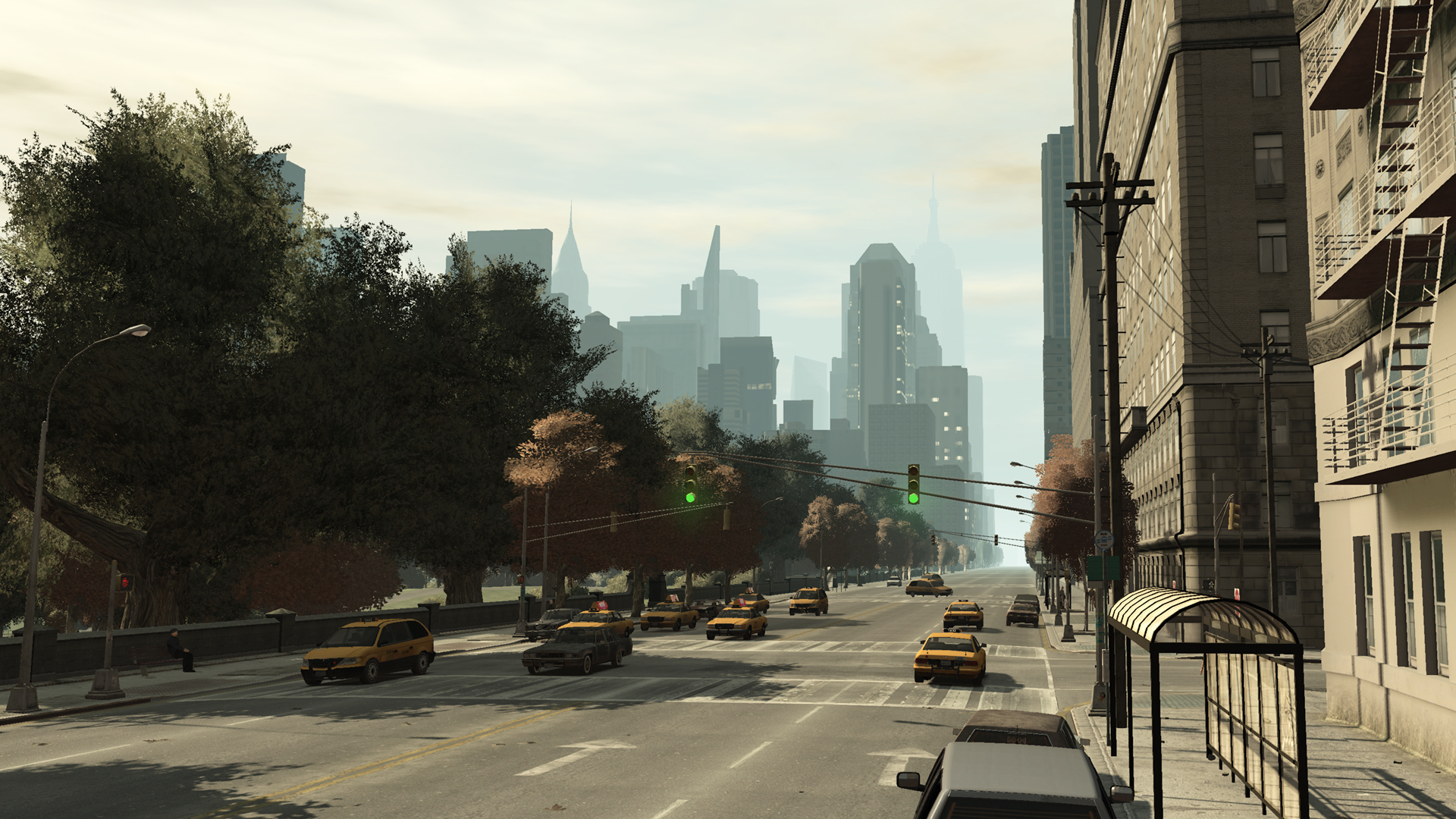
I remember the excitement of that first trailer, a stylish riff on Godfrey Reggio’s Koyaanisqatsi, featuring timelapse shots of Liberty City set to Pruit Igoe by Philip Glass. And it’s these images that come to mind when I think about Grand Theft Auto 4, more than Niko Bellic, Three Leaf Clover, or any of that. I see those great canyons of concrete and glass teeming with yellow cabs, the sun casting a hazy glow over the skyline, and that unmistakable palette of autumnal oranges and cool blues.
Liberty City had appeared twice before in the main GTA series, in top-down form in the original and in primitive 3D in Grand Theft Auto 3. The latter is a memorable setting in its own right, but never really felt like the city it was supposed to be an analogue of. With 4, however, Rockstar not only made a city that looked like New York, but one that captured its distinctive atmosphere and culture. It’s arguably one of the most impressive imaginary cities ever built, but I wondered how it would stand up to scrutiny a decade later, through cruel, modern eyes. So I decided to pay it a visit.
After spending 100+ hours surrounded by the sandy beaches, hillside mansions, and quiet mountains of Los Santos and Blaine County, the grey, claustrophobic urban sprawl of Liberty City feels wildly different. The most striking thing is how much bigger it seems, despite being a third of the size. It’s the way the camera’s field of view widens when you swing it up, making those skyscrapers look impossibly tall. This is a sensation I get when I visit New York: a kind of reverse vertigo as my brain tries to process how far those buildings stretch.
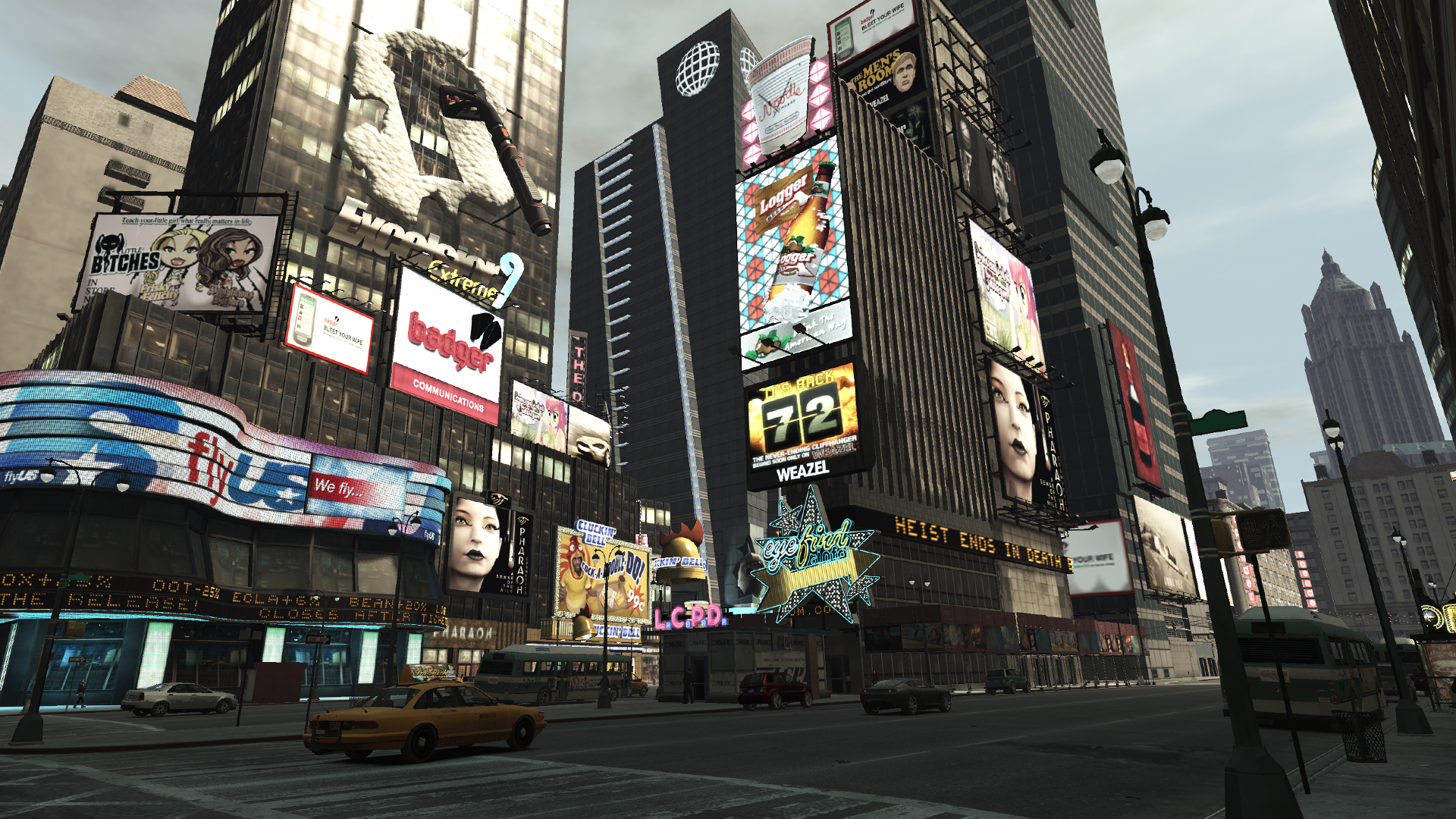
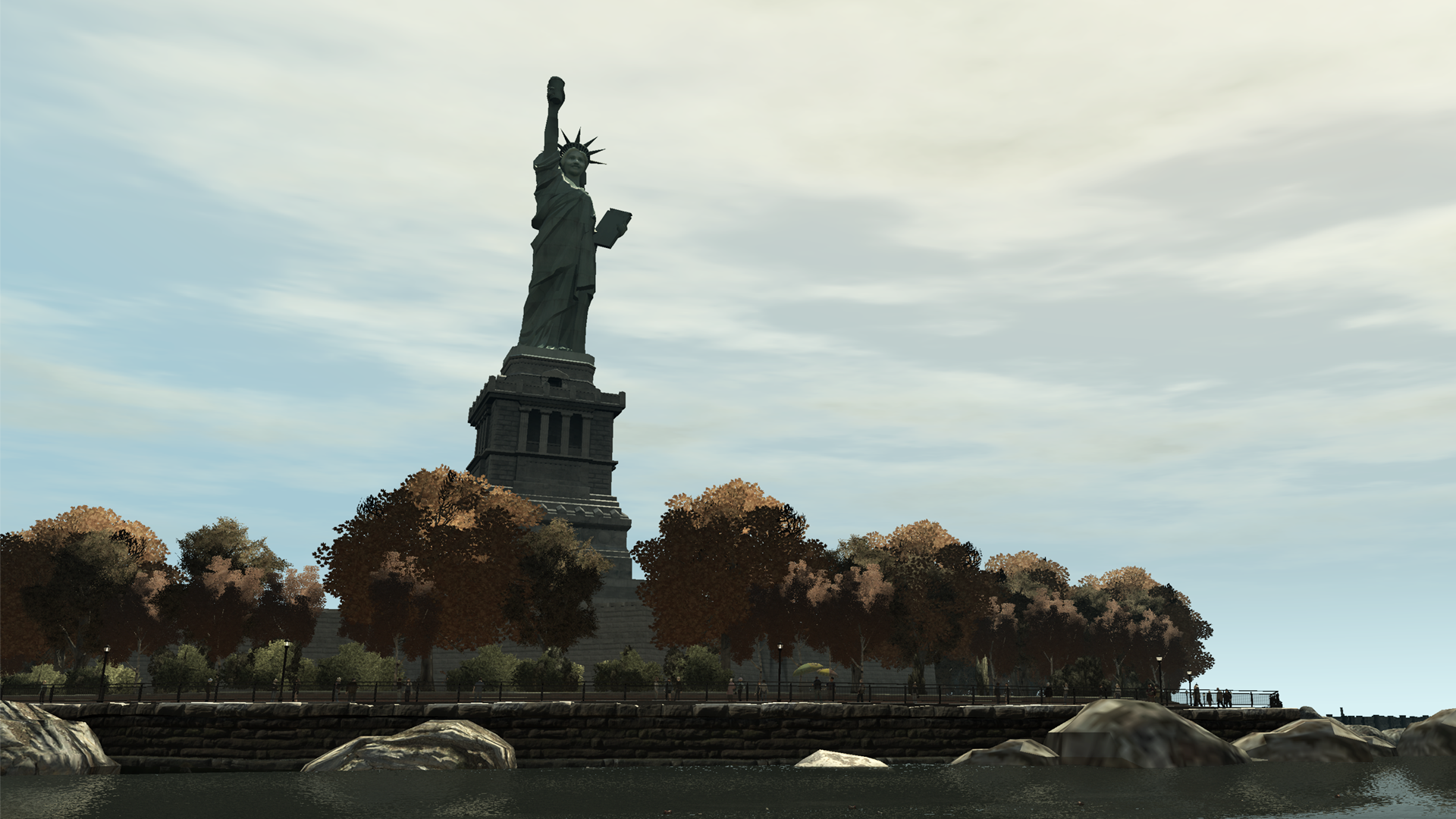
Los Santos almost always looks bright and vivid, but Liberty City is much more muted and desaturated in comparison. The colours shift from pale blues in the afternoon, to balmy sepia tones in the evening, with scattered clouds of grey occasionally drifting in. It gives the whole game a very different, more pessimistic feel, which does reflect the downbeat story. 4 can be a little too grim and self-serious at times, especially compared to 5, but like it or not, it’s the kind of hard-boiled story that makes sense in an atmosphere like this.
Liberty City is split into four boroughs—Algonquin, Broker, Dukes, and Bohan—each of which has its own unique personality. Algonquin is Rockstar’s take on Manhattan: a bustling sprawl of skyscrapers featuring landmarks such as the Rotterdam Tower and Middle Park, which are based on the Empire State and Central Park respectively. The skyline taunts you from afar while the game keeps you restricted to Broker for its first few hours, making the moment you finally get to explore it a real thrill. Star Junction is still really impressive at night, and it’s here where the sheer, dizzying verticality of the city hits you hardest.
And to the west is Alderney, which is 4’s version of New Jersey. Although technically its own state, it still feels like part of the city and is home to a large industrial district and the clubhouse of The Lost M.C. The variations in mood and architecture in each district create the illusion that Liberty City is much bigger than it actually is, which is something Rockstar does particularly well. A similar effect was achieved in Red Dead Redemption, which still hasn't made its way to PC sadly. Flying above the city and realising it's surrounded by an endless ocean, rather than connected to a landmass, is a little jarring, though.
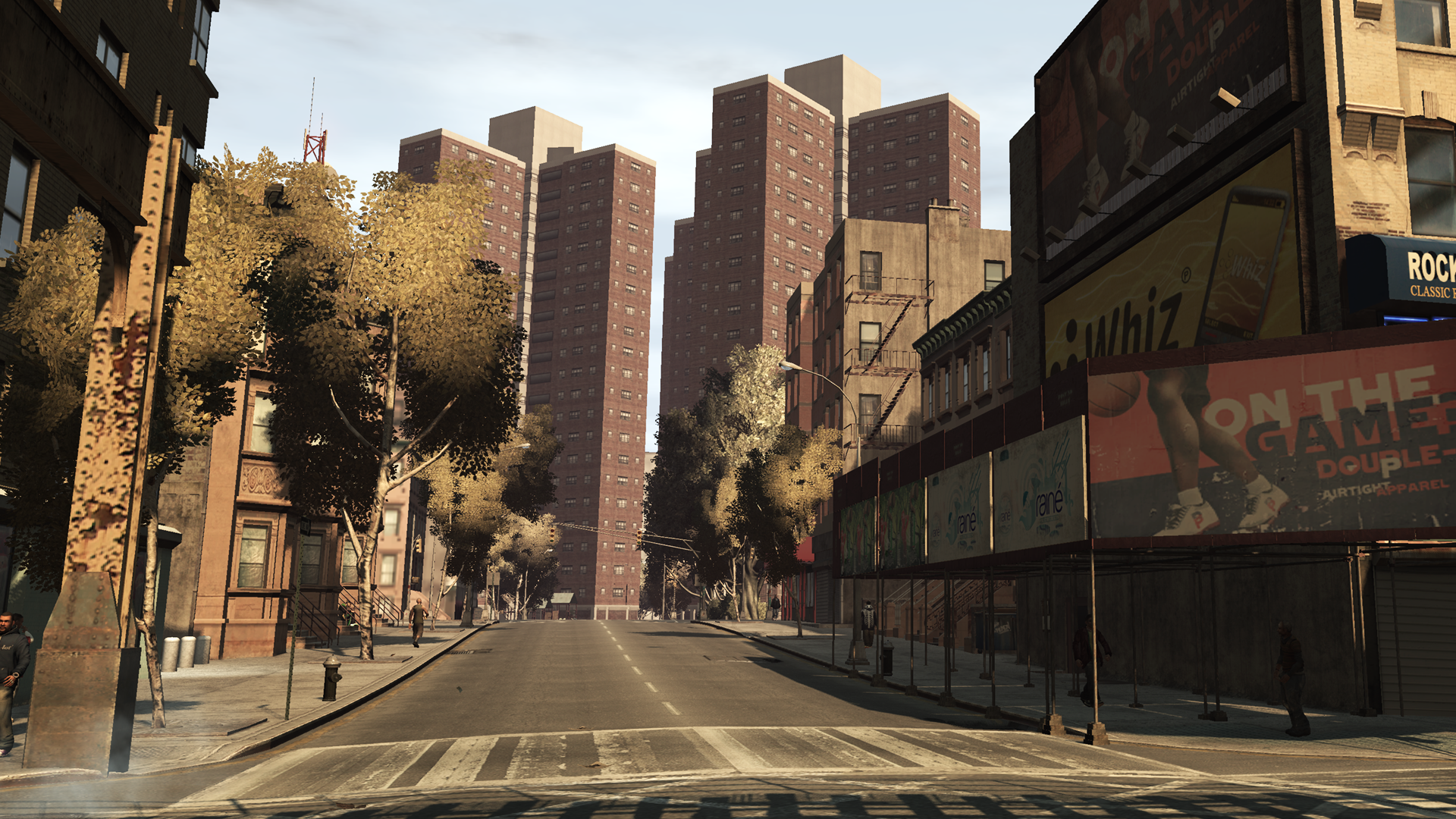
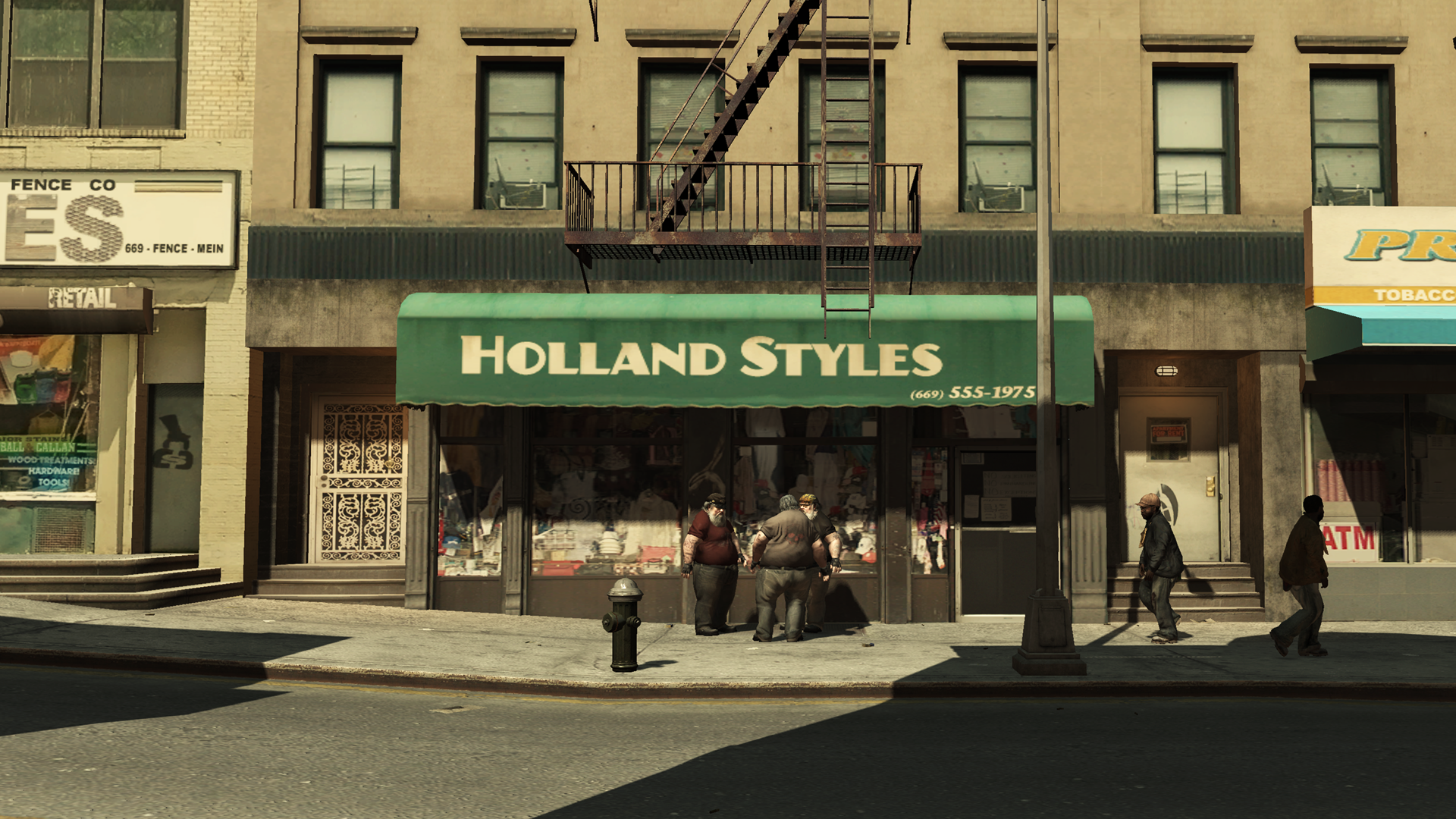
Episodes From Liberty City is a standalone spin-off, featuring expansions The Lost and Damned and The Ballad of Gay Tony, which gives you two very different perspectives on the city. It’s amazing how these expansions make the setting feel brand new, even if you’ve already sunk 50 hours into Niko’s story. And by letting you dip into these sharply different subcultures—the club scene in Gay Tony, motorcycle gangs in Lost and Damned—the city feels all the richer for it. It’s a shame we didn’t see Rockstar develop something similar for 5, because Los Santos and the surrounding country are crying out for more stories to be told there. You can thank the crazy success of GTA Online for that.
Keep up to date with the most important stories and the best deals, as picked by the PC Gamer team.
Liberty City sounds amazing too, and I don't think Rockstar North's audio designers get enough credit for that. Sure, it's hard to appreciate the ambience when you're cruising around listening to Edge of Seventeen by Stevie Nicks or blasting fools with a micro SMG, but it's worth taking a moment to just stop and listen. The low roar of traffic, chirping mobile phones, and police sirens wailing in the distance make for a wonderfully immersive city soundscape.
Los Santos and Blaine County have LC easily beat when it comes to detail and fidelity, of course. The streets of LC feel a little sparse and lifeless, and there isn’t much in the way of unique NPC behaviour. But 5 is the result of an extra decade of advances in videogame technology, so that’s to be expected. The important thing is that, in an artistic sense, Liberty City hasn’t aged at all. It’s still a brilliantly evocative, atmospheric space, deftly capturing the spirit of the city it’s based on. Wherever GTA takes us next—a contemporary Vice City recovering from the hangover of its ‘80s excess is my own personal dream—I can’t wait to explore another one of these incredible virtual cities.
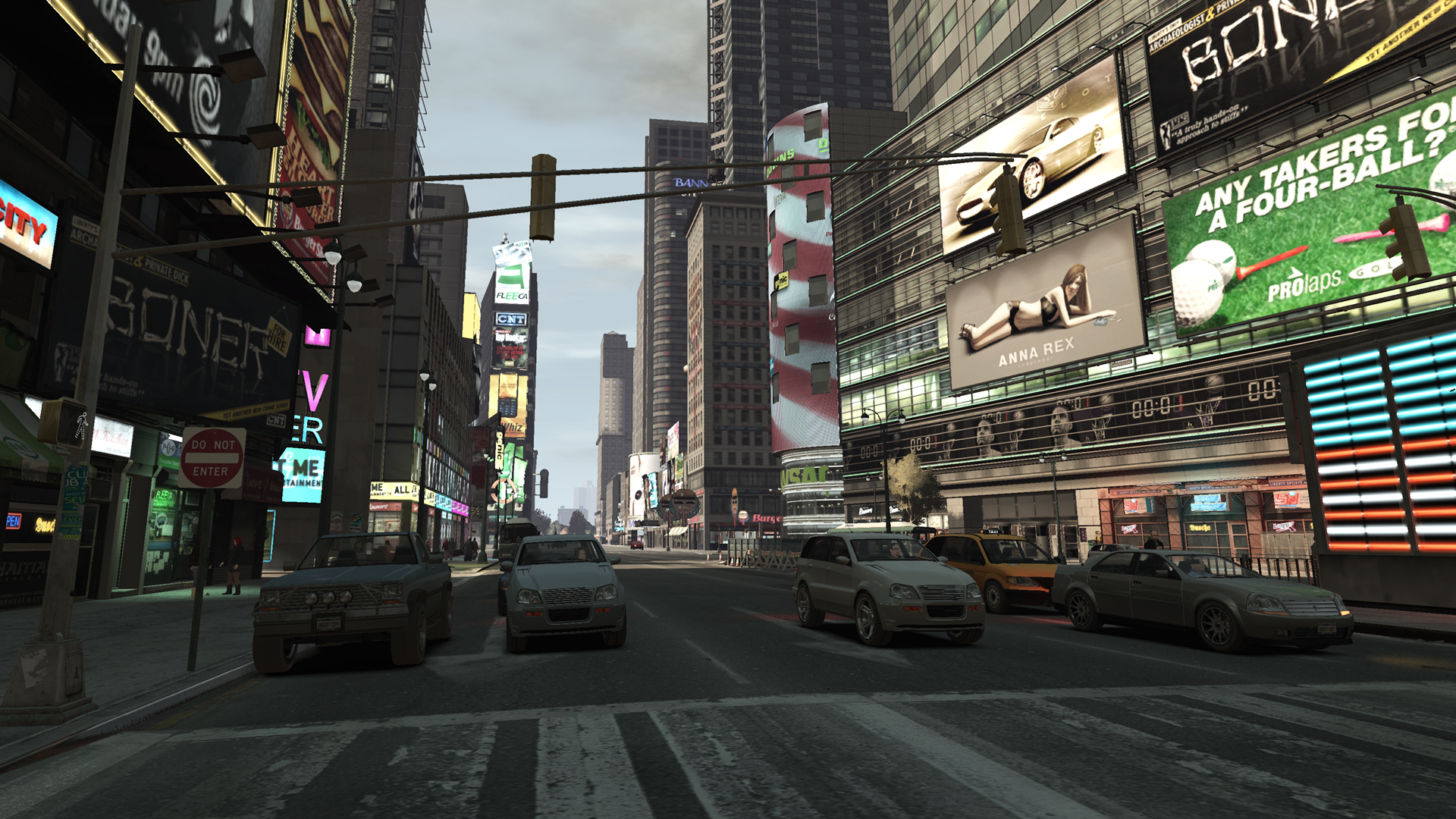
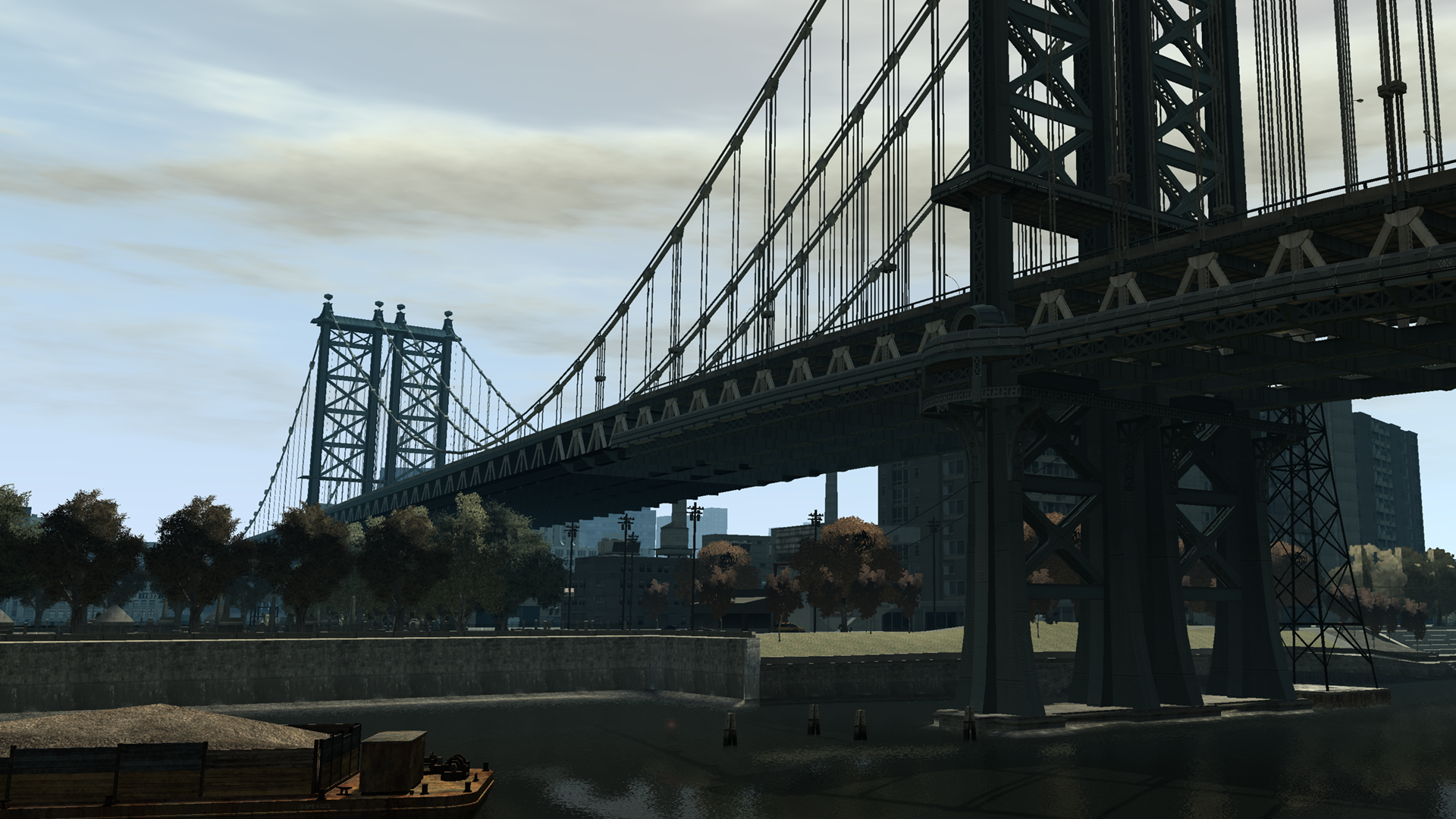
If it’s set in space, Andy will probably write about it. He loves sci-fi, adventure games, taking screenshots, Twin Peaks, weird sims, Alien: Isolation, and anything with a good story.


